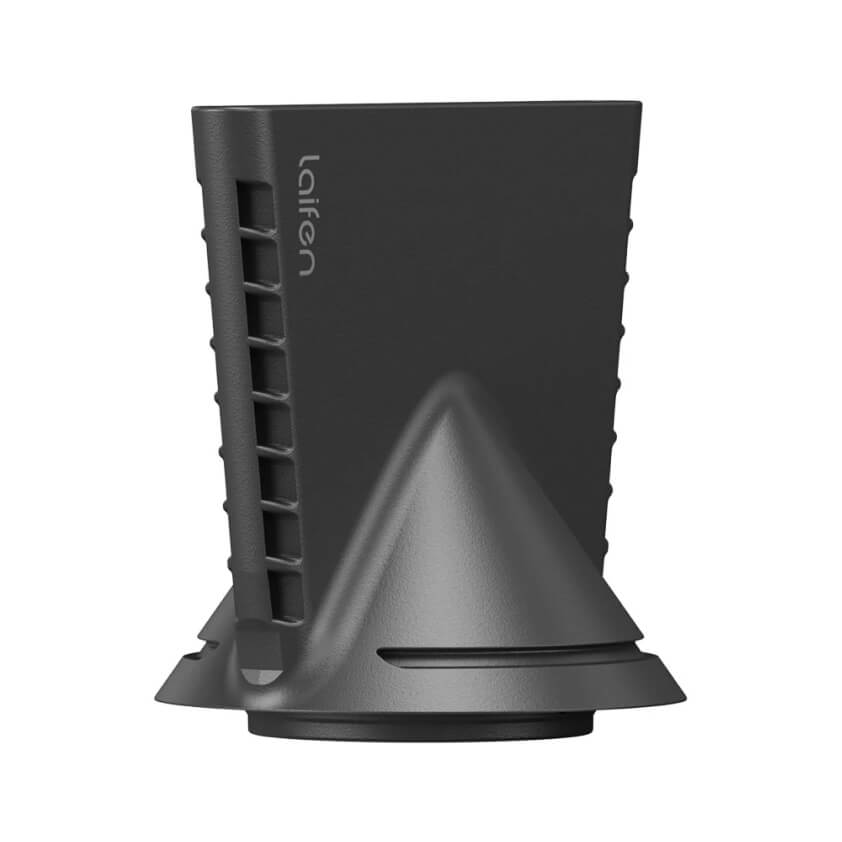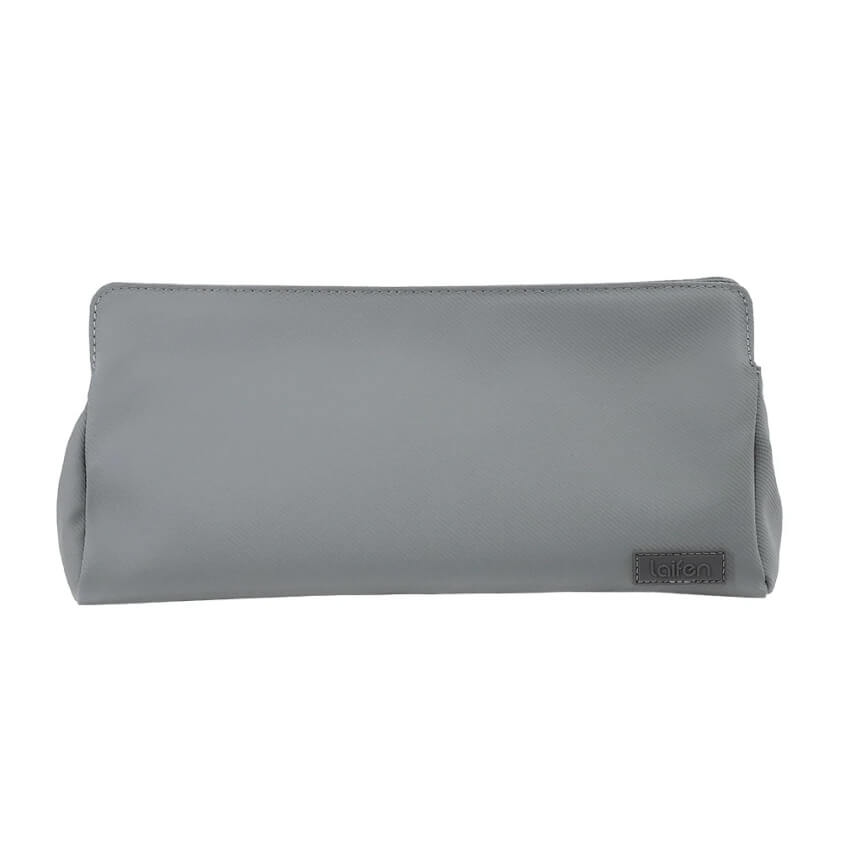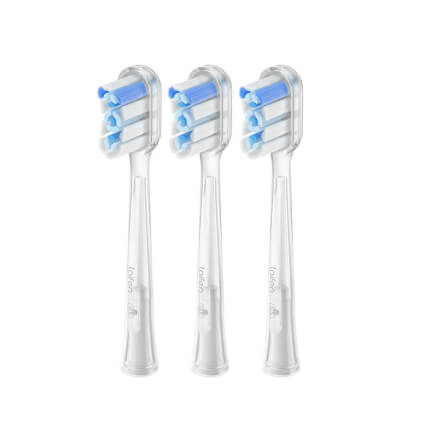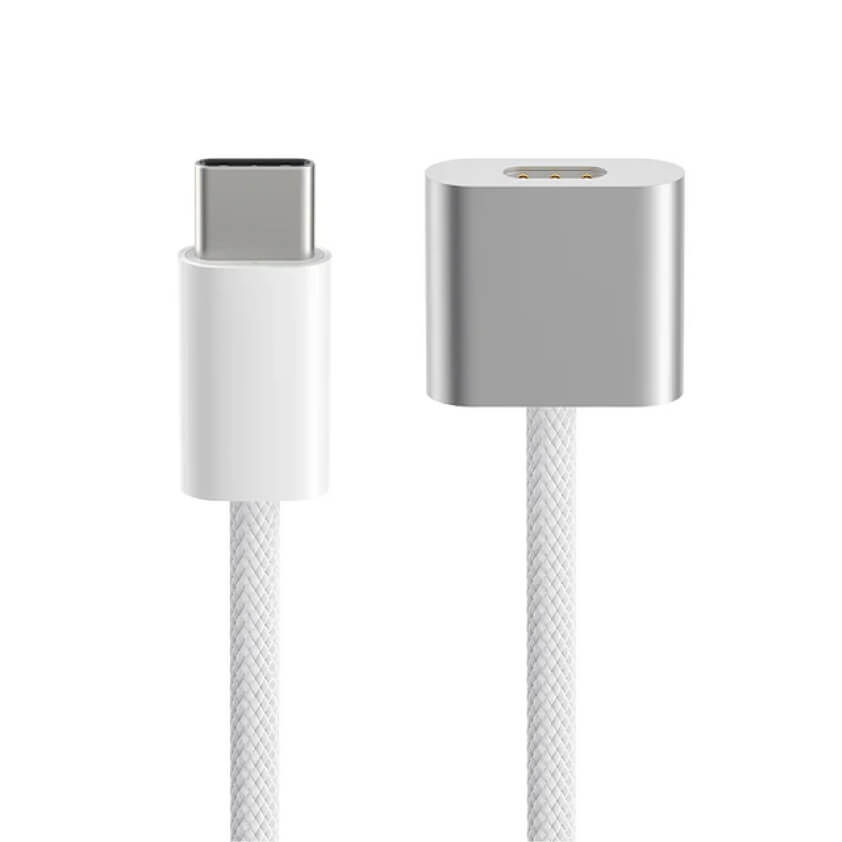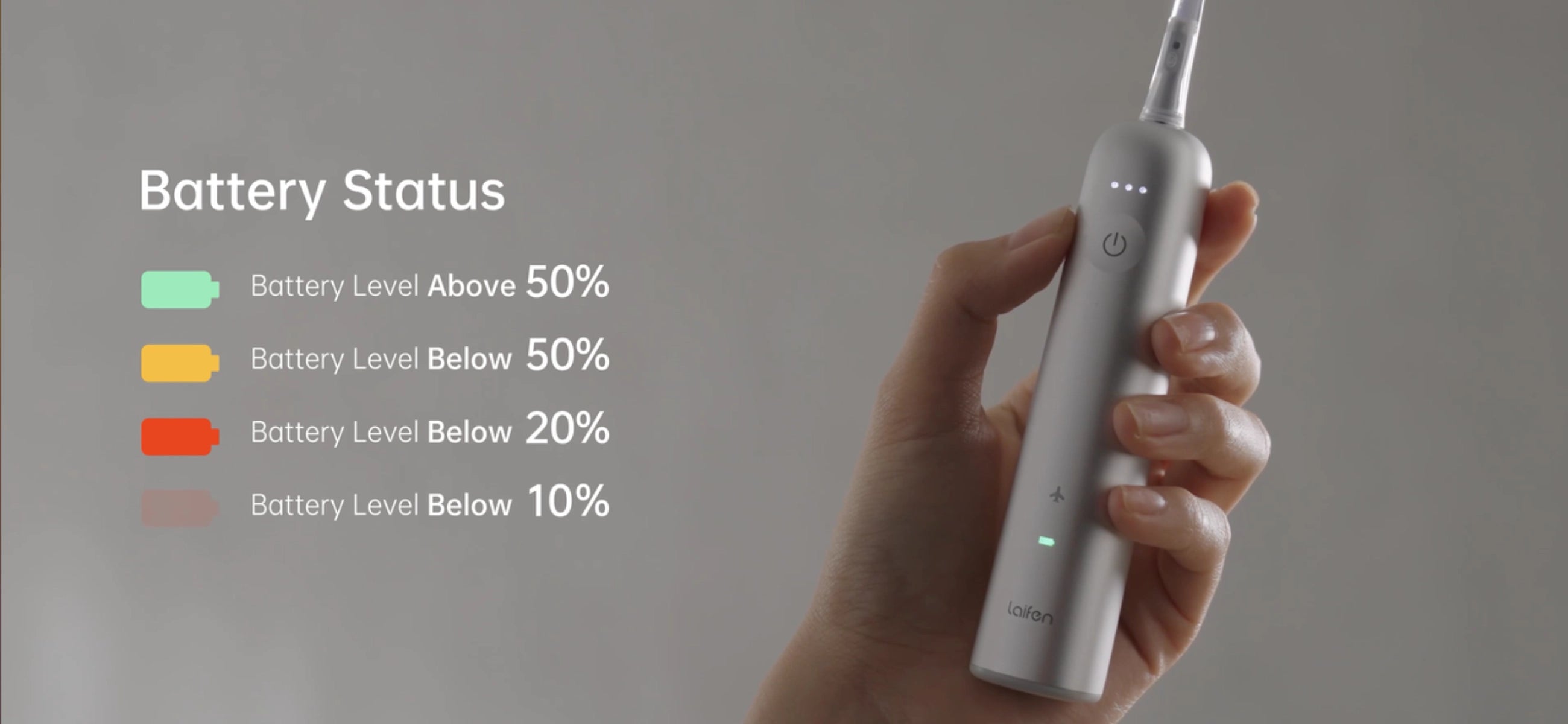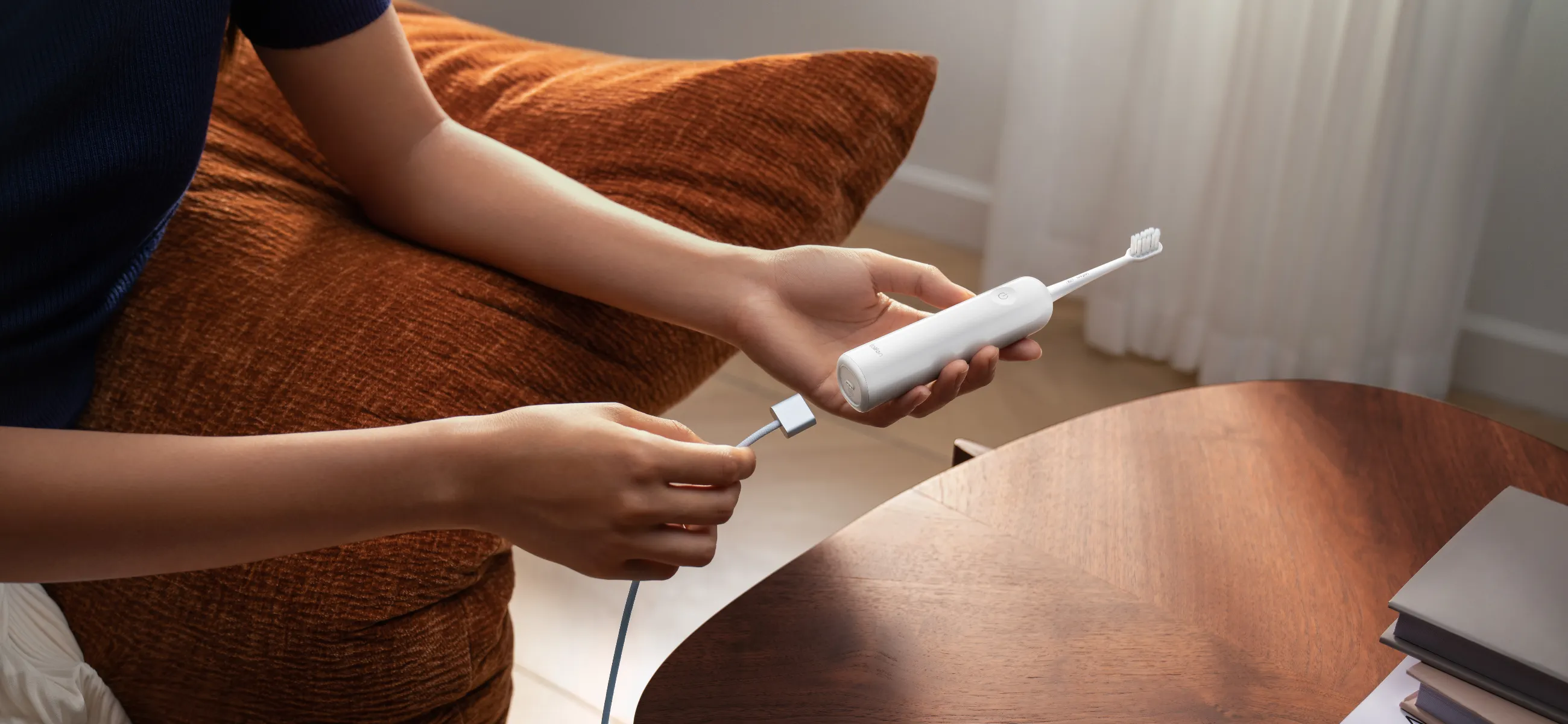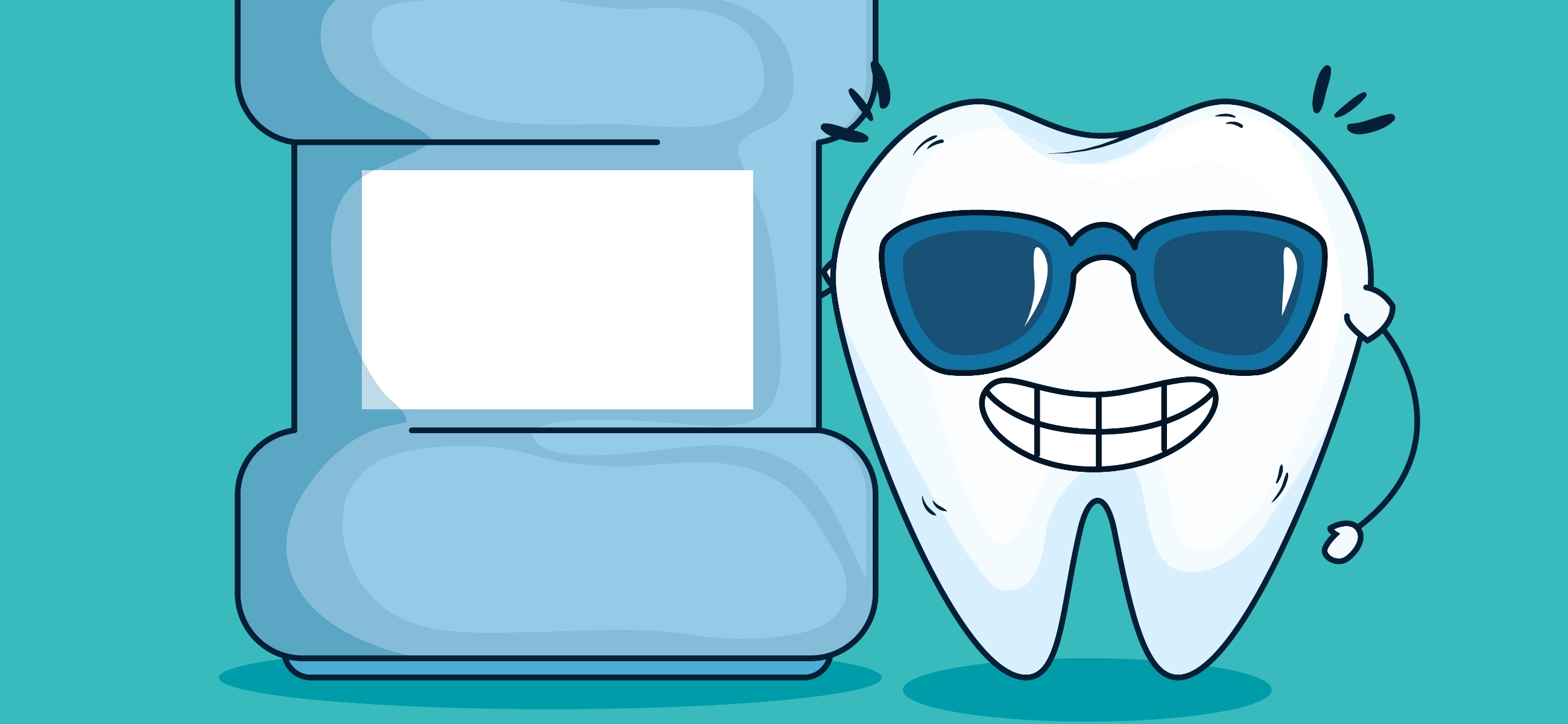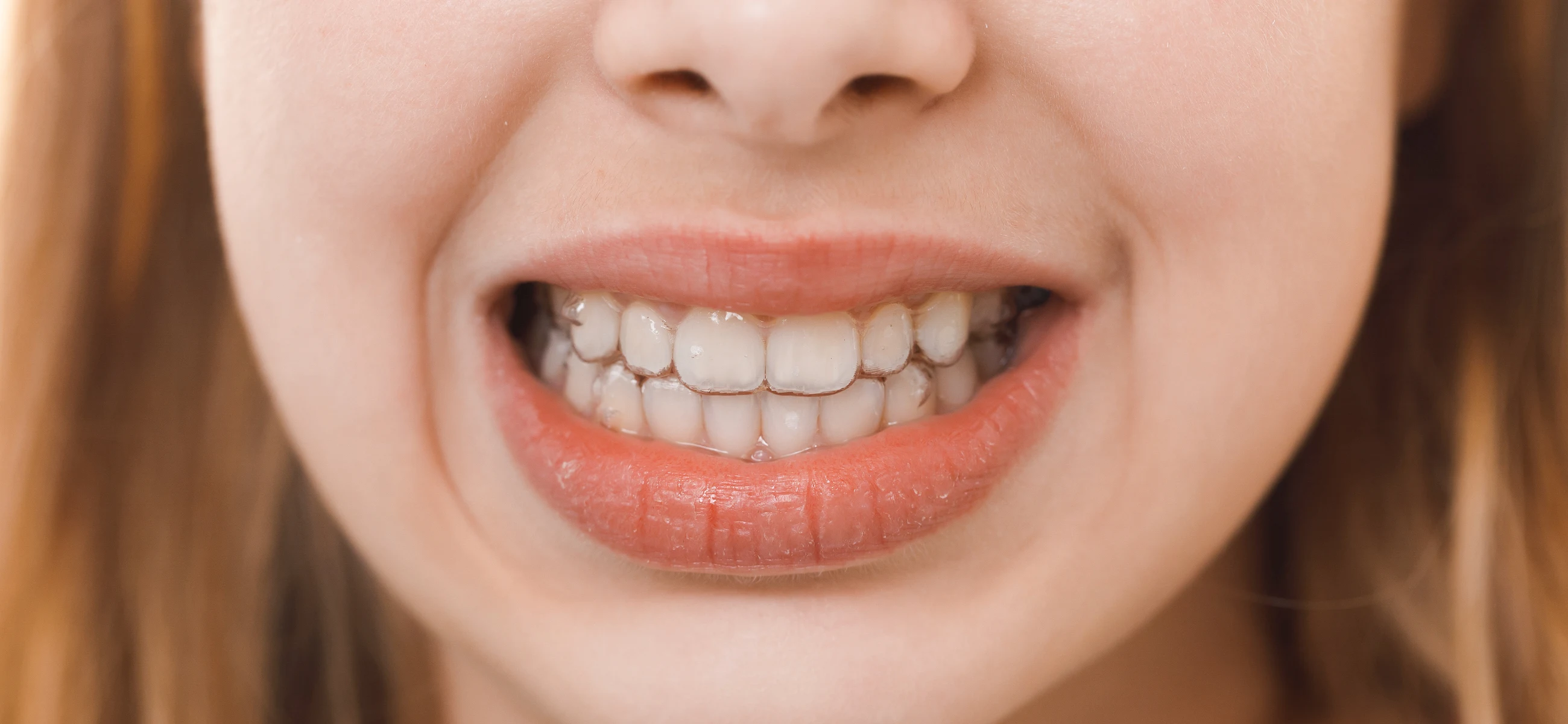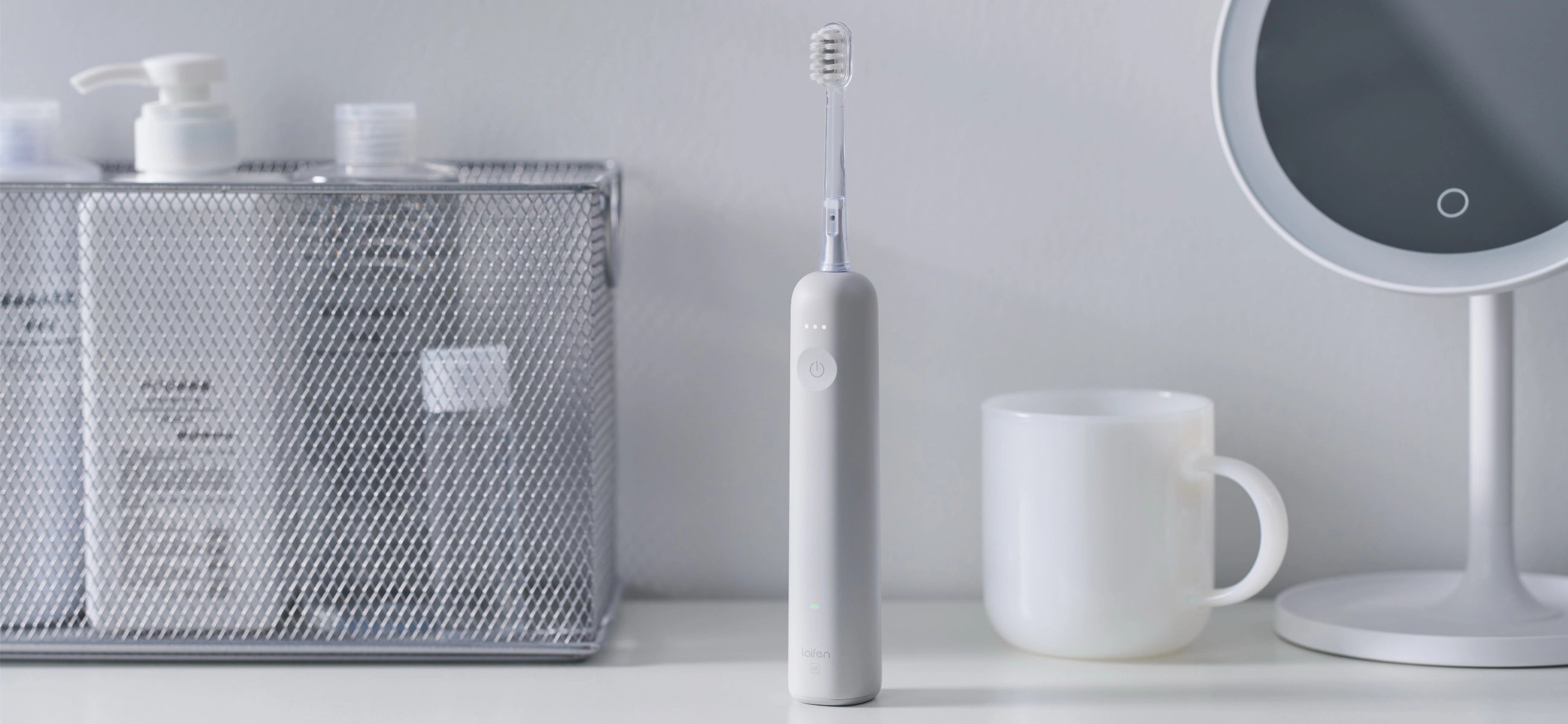
In this article
The lithium battery's small but mighty power source is the reason your toothbrush can vibrate, oscillate, and hum its way to a spotless smile. Lithium batteries are easy-to-handle, charge quickly, and hold their juice for weeks. But when it comes to air travel, lithium batteries become a bit of a diva. Airlines have strict rules because, in rare cases, these batteries can overheat. So, they must always travel in your carry-on, not checked luggage—unless you’re cool with your toothbrush getting sidelined by TSA. Want to know more about it? Follow me!
Do electric toothbrushes have lithium batteries?
Absolutely, most modern ones do, and for good reason. Lithium batteries, as we said, are like the VIPs of the power world: they’re thin, long-lasting, and super reliable. These little dynamos can keep your toothbrush humming for weeks on a single charge. They recharge faster than you can finish your morning coffee, so you’re never left hanging.
How to check if my electric toothbrush has a lithium battery?
Curious if your electric toothbrush runs on a lithium battery? It’s easier to figure out than you might think.
1. Flip it and read

Take a peek at your toothbrush handle or base. Many brands love to advertise their fancy lithium tech, so look for words like “Lithium-ion” or “Li-ion” printed somewhere.
2. Battery life that doesn’t quit
Does your toothbrush last for weeks on a single charge? That’s a dead giveaway for a lithium battery. Older nickel-based batteries drain faster and leave you scrambling for the charger every few days.
3. Fast charging
Plug it in and see how long it takes to juice up. If your toothbrush goes from zero to fully charged in just a couple of hours, you’re likely working with a lithium battery. Other types are slower and less efficient.
4. The power of Google
Still unsure? Type your model into a quick search, and voilà, you’ll find all the specs in seconds. Products like Laifen Wave are all known for using lithium batteries.
Main battery types of electric toothbrushes
Let’s explore the main battery types that keep your electric toothbrush buzzing.
1. Lithium-Ion (Li-ion): The heavyweight champ
These are the Ferraris of toothbrush batteries. Feathery? Check. Long-lasting? Double check. With lithium-ion, you can go weeks on a single charge.
2. Nickel-metal hydride (NiMH): The Old Faithful

Still kicking in some budget-friendly models, NiMH batteries are solid but not flashy. They get the job done, but you’ll probably be charging every few days. Over time, they lose some stamina, but if you’re looking to save a few bucks upfront, NiMH won’t let you down (at least not right away).
3. Nickel-cadmium (NiCd): The rare throwback
Think of NiCd as the grandparent of electric toothbrush batteries. Tough but with a few quirks like needing to be fully drained before recharging to avoid losing capacity. These are pretty much phased out because they’re less efficient and not exactly eco-friendly.
4. Disposable batteries: The grab-and-go option
For those who like to keep things low-commitment, some toothbrushes run on AA or AAA batteries. Pop in new ones when the old ones die. It’s convenient, especially for travel, but not ideal for daily use if you’re watching your budget (or the planet).
Can I bring an electric toothbrush on a plane?
Can you bring a toothbrush on a plane? You betcha! The TSA is totally cool with it, whether it’s in your carry-on or checked luggage. Electric toothbrushes are travel-friendly by design, which are compact and ready to keep your smile fresh no matter where you’re headed. But if your toothbrush has a lithium battery, there are a few rules to follow. Look into the next section.
FAA rules and guidelines
Understanding FAA and TSA guidelines can save you from those awkward hold-ups at security.
Electric toothbrushes: Pack like a boss
Got an electric toothbrush? It’s totally allowed in both your carry-on and checked luggage. But if it’s powered by a lithium battery (and most modern ones are), the FAA suggests you keep it in your carry-on bag. Why? Lithium batteries, while amazing at holding charge, have a tiny risk of overheating, and airlines like to keep an eye on them in the cabin.
Mouthwash and toothpaste: The 3-1-1 rule
When it comes to your liquid essentials, the TSA’s 3-1-1 rule is king. That means any liquid or gel like your favorite toothpaste or mouthwash, which needs to be in a container 3.4 ounces or smaller. Toss them all in a quart-sized, resealable bag, and you’re golden.
Travel case: Your gear’s MVP
Travel cases aren’t just about looking organized; they’re your toothbrush’s best defense against dirt, germs, and random purse crumbs.
Can I use an electric toothbrush on a plane?
Yes. Whether you’re cruising cross-country or jetting off to your dream vacation, your electric toothbrush is totally in the clear. It’s TSA-approved and travel-friendly, even with a lithium battery under the hood. These brushes are designed to keep your oral care routine on point, no matter where you’re headed.
Just a heads-up: if it’s a bit noisy, maybe time your brushing for when your seatmate is watching a movie. Oh, and don’t forget that pack it in your carry-on, since lithium batteries need to stay in the cabin.
A guide to recycle electric toothbrush with lithium battery
Here’s your step-by-step guide to recycling that trusty brush without hurting the planet.
Step 1: Why recycle?
Lithium batteries are powerful but not landfill-friendly. When tossed in the trash, they can leak harmful chemicals, polluting the soil and water. Recycling not only protects the environment but also recovers valuable materials like lithium, which can be reused in new products. Win-win, right?
Step 2: Find a recycling program
Most cities have e-waste recycling centers or battery drop-off locations. Some cities even offer special collection events.
Step 3: Explore brand recycling options
Brands with recycling programs such as TerraCycle, which accept old toothbrushes, heads, and handles.
Step 4: Battery removal (If possible)
If your toothbrush allows it, carefully remove the lithium battery following the manufacturer’s instructions. Be cautious that damaged batteries can spark or leak. Once out, take the battery to a designated recycling facility and recycle the plastic or electronic parts separately.
Step 5: Upgrade responsibly
Now that you’ve done your part, it’s time to upgrade! Select toothbrushes from brands include Laifen that focus on sustainability, offering recyclable materials or more eco-friendly options.
Pro tip: Never, ever throw lithium batteries in the trash or regular curbside recycling.
Toothbrushes need special handling to avoid hazards like fires and environmental damage.
How to pack an electric toothbrush for flying?
With a few smart moves, you can keep your brush fresh, safe, and ready to tackle travel grime.
1. Carry-on it is
If your electric toothbrush runs on a lithium battery (and most do), it belongs in your carry-on bag. TSA rules have a thing about keeping lithium batteries in the cabin to prevent overheating risks.
2. Protect with a travel case
Don’t just toss your toothbrush in your bag to mingle with your shoes and snacks. A travel case is just what you need. Some cases even have vents to prevent that gross damp bristle smell. Buy a Laifen Wave case right now!
3. Pack your toothpaste like a pro
Traveling with toothpaste? Remember the TSA’s 3-1-1 rule: liquids and gels, including toothpaste, need to be 3.4 ounces or less and fit in a quart-sized bag.
4. Mind the power button
Ever had your toothbrush turn on in your bag? Awkward. Some electric toothbrushes have super-sensitive power buttons. If your model allows, you can remove the battery to avoid any accidental buzzing.
5. Bonus tip: Extra heads
Bringing replacement brush heads? Pack them in a small, sealable bag to keep them clean and separate from your main brush. It’s an easy way to stay organized and always have a fresh head ready to go.
How long can I use the best electric toothbrush Laifen Wave?

Laifen Wave is built for the long haul. The handle itself is designed to last for years with proper care, so you’re not swapping it out every other season. It’s sturdy and ready to roll with you for the long term. You can use it 30 days after fully charging once a time.
Let’s review the brush heads. Laifen recommends changing them every three months to keep your brushing game at its peak. And with three unique types—Gum Care, Super-Clean, and Ultra-Whitening—you can mix it up depending on what your teeth need.











